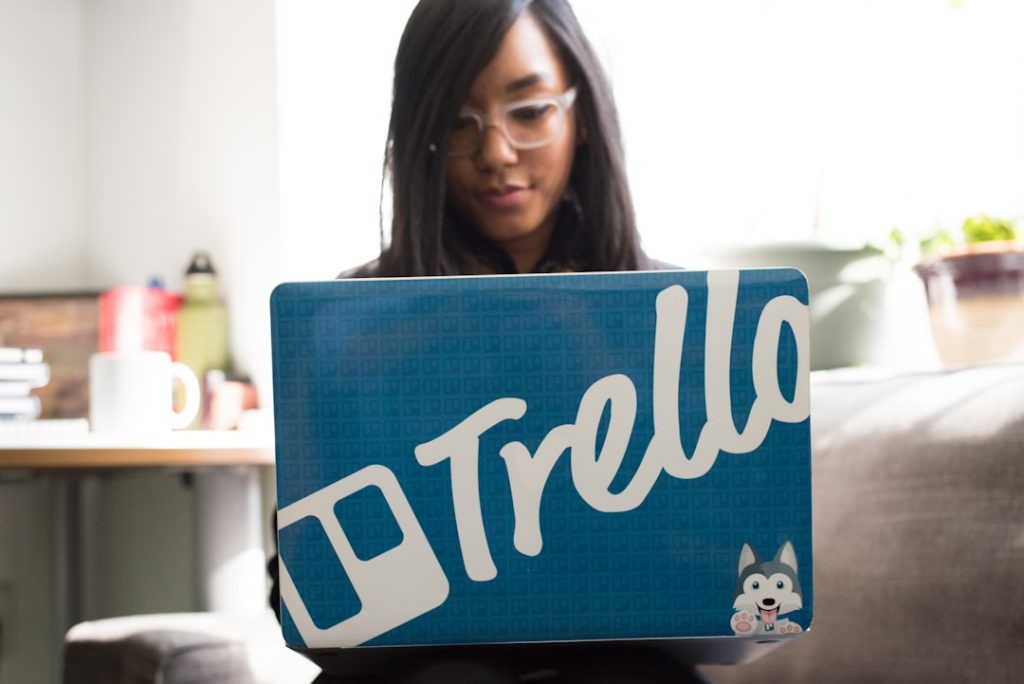LinkedIn isn’t just for seasoned professionals anymore. As a student, it’s a powerful platform to start shaping your future career. Building a personal brand on LinkedIn can open doors to internships, job opportunities, and valuable connections. Let’s dive into how you can make LinkedIn work for you.
Why Should Students Care About LinkedIn?
Think of LinkedIn as your digital handshake. It’s where you introduce yourself to the professional world. Here’s why it matters:
- Networking: Connect with people in your field, alumni, and potential employers.
- Internship & Job Opportunities: Many companies post opportunities exclusively on LinkedIn.
- Industry Insights: Follow thought leaders and companies to stay updated on industry trends.
- Personal Branding: Showcase your skills, projects, and personality to stand out.
Crafting Your LinkedIn Profile: The Foundation
Your profile is your first impression. Make it count.
Headline: More Than Just Your Major
Instead of just listing your major, create a headline that highlights your aspirations and skills. For example:
Bad: Marketing Student
Good: Aspiring Digital Marketer | Content Creation Enthusiast | Data-Driven Strategist
Summary: Tell Your Story
Use the summary section to tell your story. Who are you? What are you passionate about? What are your career goals? Keep it concise and engaging.
Experience: Showcase Your Skills
Even if you haven’t had a “traditional” job, include relevant experiences like:
- Volunteer Work: Highlight skills like teamwork, communication, and leadership.
- Academic Projects: Describe projects where you applied specific skills or knowledge.
- Part-Time Jobs: Focus on transferable skills like customer service, problem-solving, and time management.
Use the STAR method (Situation, Task, Action, Result) to describe your accomplishments. For example:
Situation: Organized a fundraising event for a local charity.
Task: Increase donations by 20% compared to the previous year.
Action: Developed a social media campaign, secured sponsorships, and coordinated volunteers.
Result: Exceeded the fundraising goal by 25% and raised [Insert Dollar Amount Here] for the charity.
Skills: Get Endorsed
List your skills and ask professors, classmates, and colleagues to endorse you. The more endorsements you have, the more credible your profile becomes.
Building Your Network: It’s Who You Know
Networking is crucial for career success. Here’s how to grow your LinkedIn network:
- Connect with Classmates and Professors: Start with people you already know.
- Join Relevant Groups: Participate in discussions and connect with other members.
- Attend Virtual Events: Many organizations host webinars and online events. Use them to network with attendees.
- Personalize Connection Requests: Don’t just send a generic request. Explain why you want to connect.
Example of a personalized connection request:
“Hi [Name], I’m a student at [University] studying [Major]. I’m very interested in [Industry] and I noticed you work at [Company]. I’d love to connect and learn more about your experiences.”
Creating Content: Share Your Expertise
Sharing content is a great way to establish yourself as a thought leader. Don’t worry, you don’t have to be an expert. Share your insights, perspectives, and learning experiences.
- Share Articles: Post relevant articles and add your own commentary.
- Write Short Posts: Share your thoughts on industry trends, career advice, or personal experiences.
- Create Original Content: Share projects you’re working on, presentations you’ve given, or insights you’ve gained.
Pro Tip: Use relevant hashtags to increase the visibility of your content.
Engaging with Others: Be Social
LinkedIn is a social platform. Engage with other people’s content by liking, commenting, and sharing. This helps you build relationships and expand your network.
- Comment Thoughtfully: Add value to the conversation with insightful comments.
- Share Content You Find Useful: Help your network stay informed by sharing valuable resources.
- Participate in Group Discussions: Share your expertise and learn from others.
Examples of Students Using LinkedIn Effectively
Case Study 1: Sarah, Marketing Student
Sarah used LinkedIn to connect with marketing professionals and learn about the industry. She regularly shared articles on digital marketing trends and engaged in group discussions. As a result, she landed a summer internship at a leading marketing agency.
Case Study 2: David, Engineering Student
David showcased his engineering projects on LinkedIn and connected with alumni working in his field. He personalized his connection requests and asked for advice on career paths. He received valuable mentorship and secured a full-time job offer before graduation.
Mistakes to Avoid on LinkedIn
- Incomplete Profile: A blank or incomplete profile sends the wrong message.
- Unprofessional Photo: Use a professional headshot. No selfies or group photos.
- Typos and Grammatical Errors: Proofread your profile carefully.
- Spamming Connection Requests: Personalize your requests and target relevant individuals.
- Negative or Controversial Posts: Keep your content professional and respectful.
Measuring Your Success: Analytics and Insights
LinkedIn provides analytics to track your profile views, post engagement, and network growth. Use these insights to optimize your strategy and improve your results.
Building a personal brand on LinkedIn takes time and effort, but it’s an investment that can pay off big time. Start today and take control of your professional future. You’ve got this!
